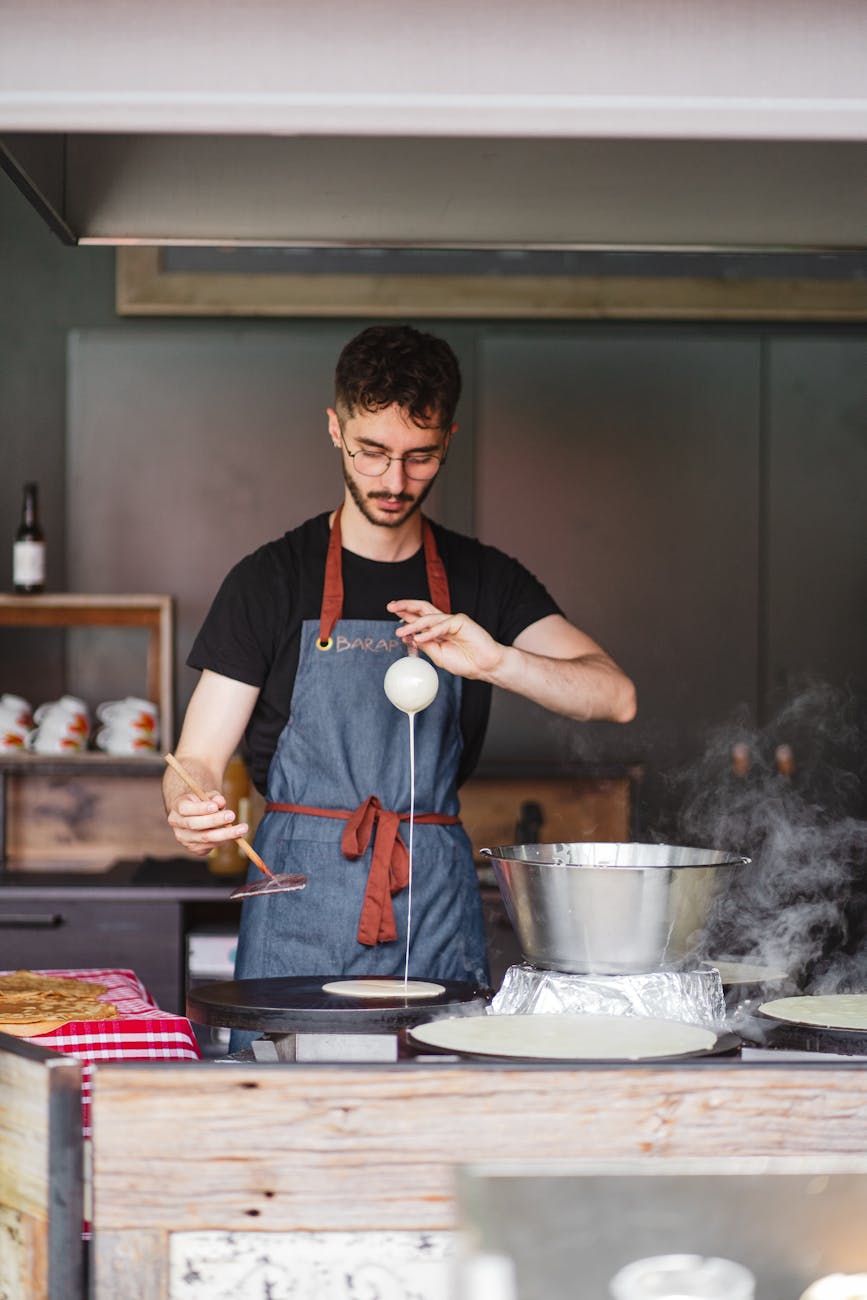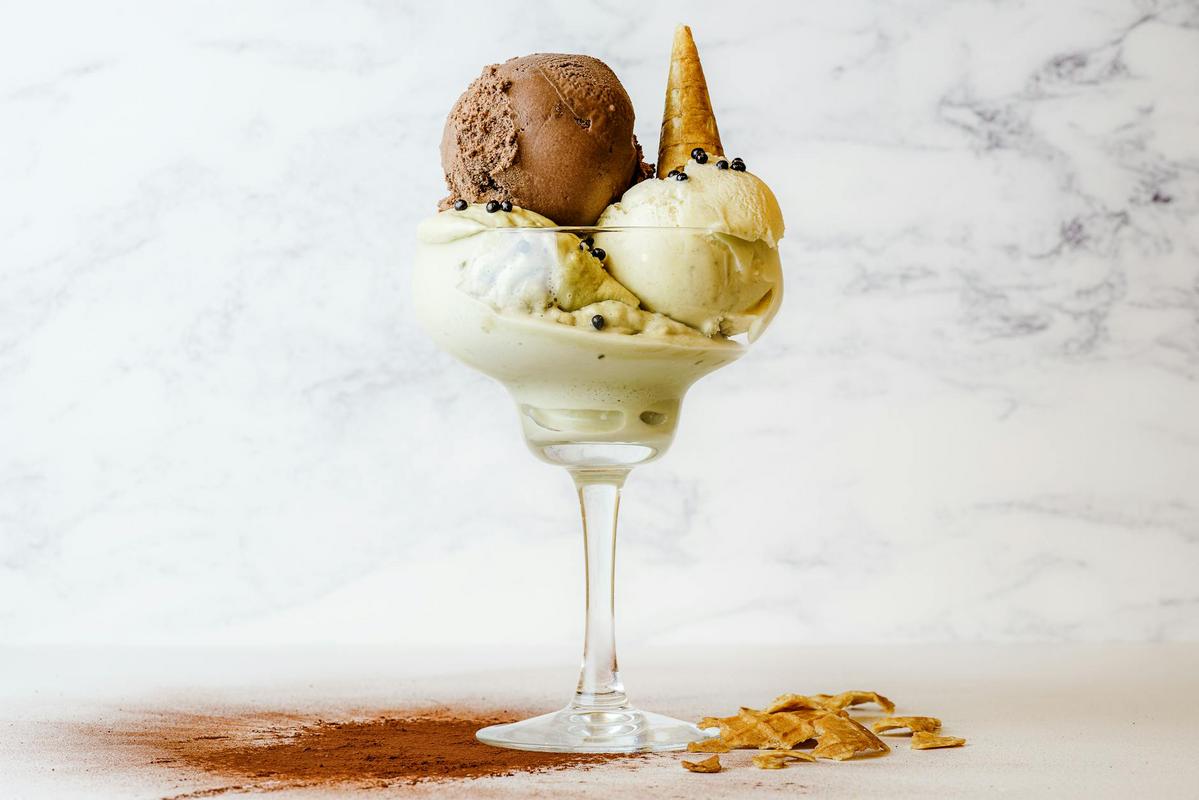French culinary techniques have long been revered for their elegance and precision, offering home chefs a chance to elevate their cooking with timeless methods and flavors.
French cuisine is celebrated worldwide, not just for its flavors but for the techniques that underpin its creation. Understanding and mastering these techniques can transform any home kitchen into a culinary haven.
Understanding French Culinary Techniques
French cooking is synonymous with meticulous techniques that have been honed over centuries. These methods are the backbone of many classic dishes and can be applied to various cuisines. According to renowned chef Julia Child, “Mastering the art of French cooking requires precision and patience, but the rewards are worth the effort.”
The Techniques That Define French Cuisine
- Sautéing: A method of cooking food quickly in a small amount of oil or butter over relatively high heat.
- Braising: Combining searing and slow cooking, this technique is ideal for tough cuts of meat.
- Poaching: Involves cooking food gently in water or broth at a low temperature.
- Flambéing: Adding alcohol to a hot pan to create a burst of flames and enhance flavor.
- Deglazing: Using liquid to lift the caramelized bits from the bottom of a pan after sautéing or roasting.
- Roux: A mixture of fat and flour used as a thickening agent for sauces.
- Mise en Place: The practice of preparing and organizing all ingredients before cooking.
- Confit: A method of preserving meats by cooking them slowly in their own fat.
Expert Insights
Chef Alain Ducasse notes, “French techniques are not just about tradition. They are about bringing out the best in ingredients.” This approach emphasizes the importance of technique in achieving exceptional results.
Statistics and Research
A study from the Culinary Institute of America found that chefs who master French techniques are often more versatile in adapting to other cuisines. This versatility is reflected in the increasing number of culinary schools offering courses in French techniques.
Personal Anecdotes
As a home chef, I remember the first time I successfully made a béchamel sauce. The smooth, velvety texture was a revelation, showcasing the transformative power of classical techniques.
Actionable Tips for Home Chefs
To incorporate these techniques into your cooking, start with simple recipes. Practice mise en place to streamline your cooking process, and don’t shy away from trying a new method, such as flambéing, to add flair to your meals.
Pro Tip: Use a kitchen thermometer to ensure precise temperatures when poaching or braising, as this can make a significant difference in the final dish.
Resources and Support
For those interested in diving deeper, online platforms like MasterClass offer courses from top chefs, and culinary books such as “Larousse Gastronomique” provide comprehensive insights into French cooking.
Conclusion
By embracing French culinary techniques, home chefs can elevate their cooking and explore new dimensions of flavor and texture. These methods not only enhance the taste but also bring a sense of artistry to everyday meals.
FAQs
What is the most important French technique to learn?
Many chefs recommend mastering the art of making a roux, as it’s a foundation for many sauces.
Can I apply French techniques to non-French dishes?
Absolutely. Techniques such as sautéing and braising can enhance dishes from any cuisine.
Where can I learn more about French cooking techniques?
Consider enrolling in a cooking class or exploring resources like culinary books and online courses.




Leave a Reply